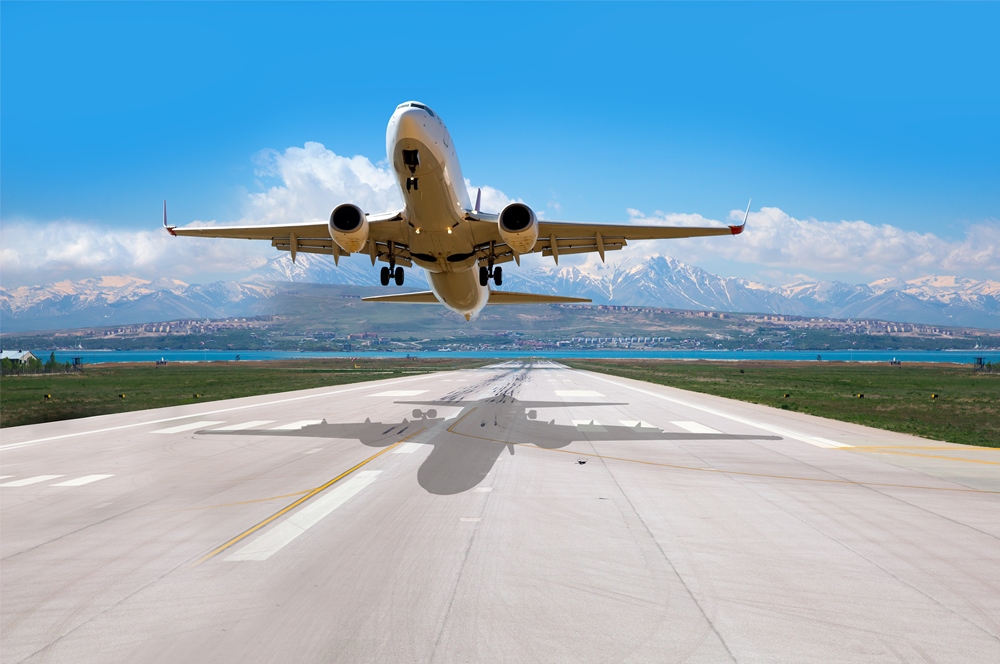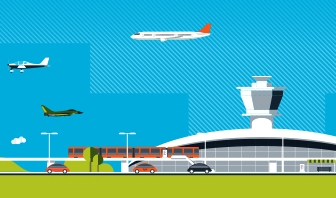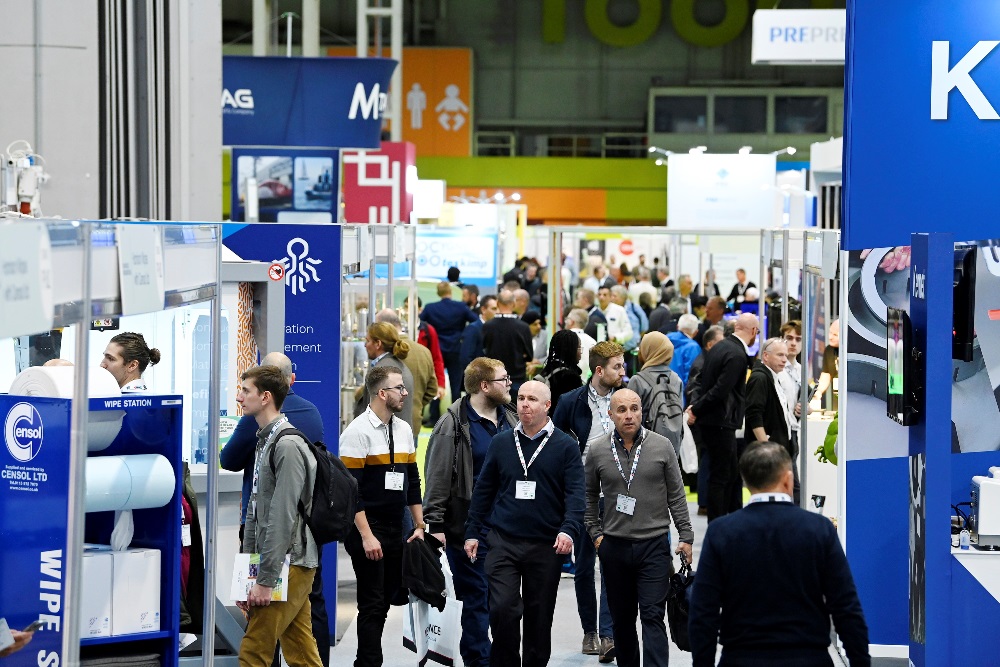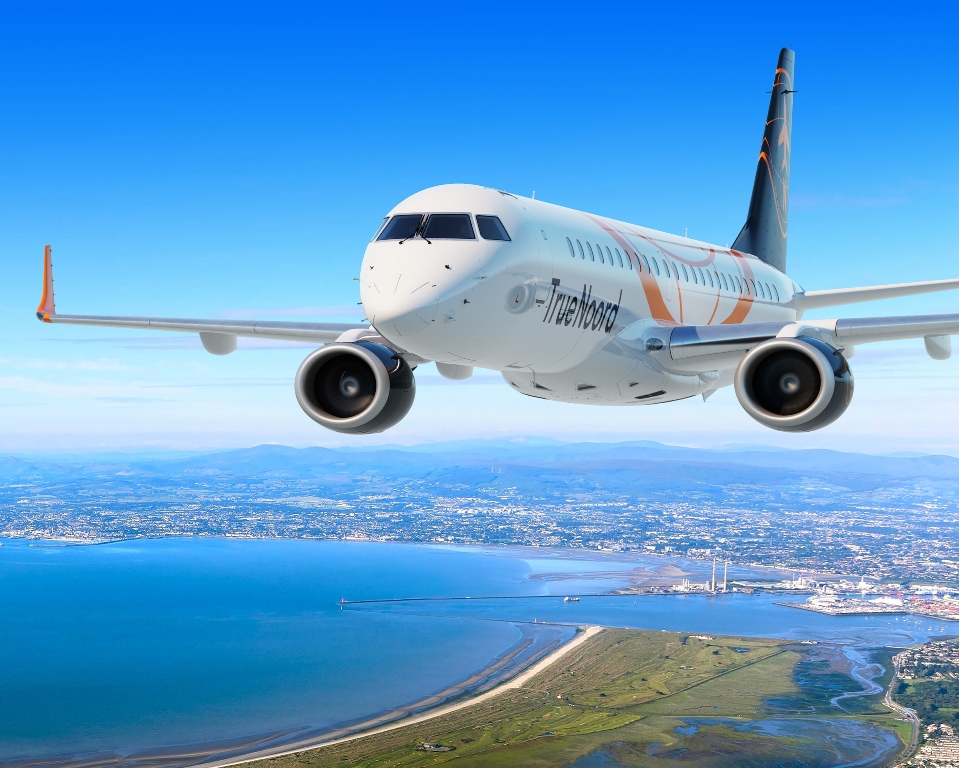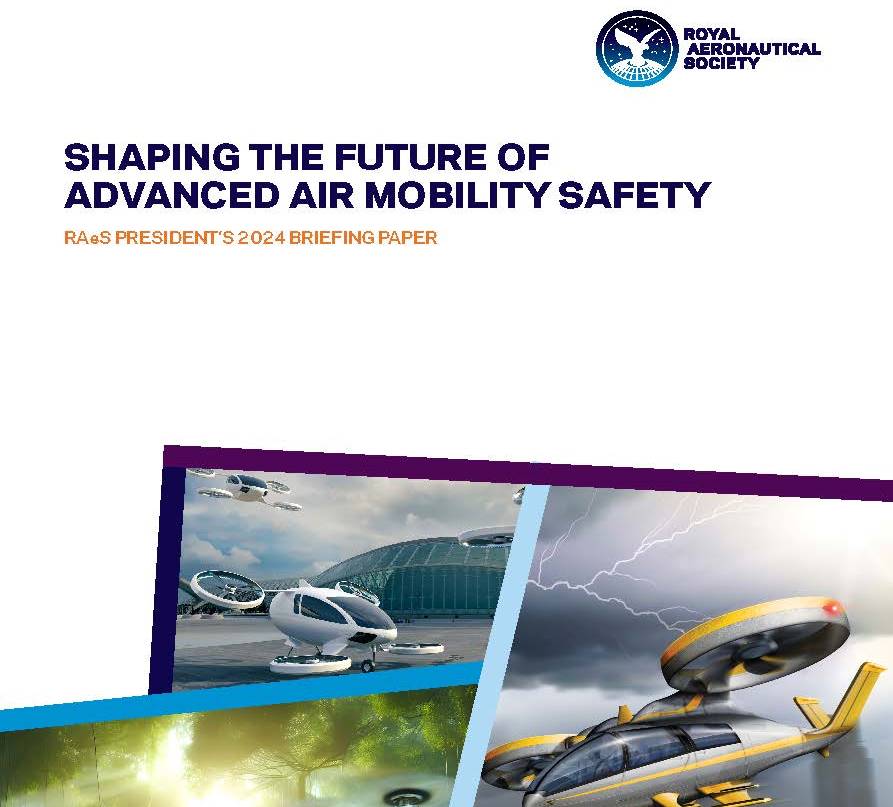CAA approves NATS' airspace changes
The proposed plans, known collectively as the ‘London Airspace Management Programme’ (LAMP) phase 1a, were submitted to the CAA by NATS, the air traffic service provider, and followed consultation it undertook between October 2013 and January 2014.
 It is the first significant change as part of the UK’s Future Airspace Strategy (FAS), which is set to modernise airspace by 2020. This is part of a European project to improve airspace infrastructure to deliver a more efficient use of airspace and enable environmental improvements including fuel and CO2 savings by aircraft flying more direct routes and with faster climbs and descents reducing impact on the overflown.
It is the first significant change as part of the UK’s Future Airspace Strategy (FAS), which is set to modernise airspace by 2020. This is part of a European project to improve airspace infrastructure to deliver a more efficient use of airspace and enable environmental improvements including fuel and CO2 savings by aircraft flying more direct routes and with faster climbs and descents reducing impact on the overflown.
In total, five* changes have been approved, which will see newly designed and more efficient flight paths implemented on 4 February 2016, helping improve capacity, minimise delays for air travellers and further enhancing safety.
The most significant changes are:
• The introduction of a new Point Merge arrivals system will eliminate conventional holding patterns for many aircraft inbound to London City Airport, routeing aircraft over the Thames Estuary for as long as possible to reduce low-level flights and noise over Kent, Essex and East London. Aircraft departing London City to the south will be able to climb earlier than they do at the moment, reducing noise and CO2 emissions.
• Aircraft leaving Stansted to the south will now instead use the existing easterly route from the airport during the day. Aircraft taking off will also climb more quickly, reducing overall noise and CO2 emissions.
• There will be a reduction in noise from lower level flights in the Southampton and Bournemouth area by re-routeing arrivals away from the area around Goodwood which will keep aircraft over the Solent for longer thus reducing flight over land for these arrivals.
The changes cover an area from Stansted to the Isle of Wight, including parts of Suffolk, Norfolk, Essex, Kent, Sussex and Hampshire. Changes will affect commercial aircraft using London City, Stansted, Luton, Southampton, Bournemouth, Northolt and Biggin Hill airports.
Commenting on today’s announcement Phil Roberts, Head of Airspace, Air Traffic Management & Aerodromes, at the CAA, said: “The changes we have approved today will bring significant benefits to both air passengers and many communities currently overflown by aircraft.
“We absolutely understand that aircraft noise disturbs many people. These changes move significant numbers of flights away from populated areas and will reduce overall emissions.
“As we have done with this decision, we will continue to consider the environmental impact of all our airspace decisions and have called on the aviation industry and other decision-makers to be much more ambitious in confronting aviation’s environmental challenges.”
The Future Airspace Strategy aims to:
• Save over 160,000 tonnes of fuel per year (with an estimate net present value to airlines of £907m to £1.17bn out to 2030)
• Save over 1.4m minutes of airline’s time per year, reducing maintenance and crew costs (with an estimate net present value to airlines of £338m – £441m out to 2030)
• Save over 1.1m minutes of passenger delay per year
• Save over 500,000 tonnes of aviation CO2 emissions per year
• Enhance safety by reducing controller and pilot workload








